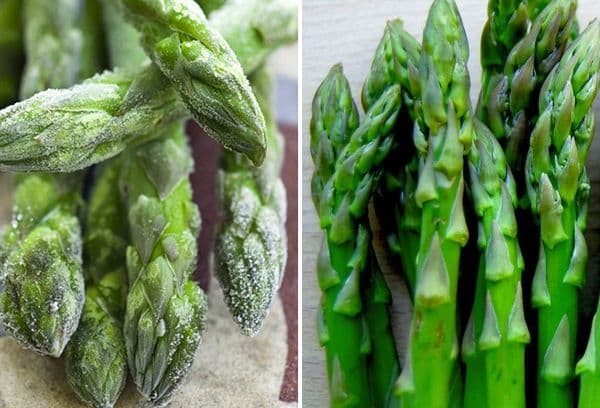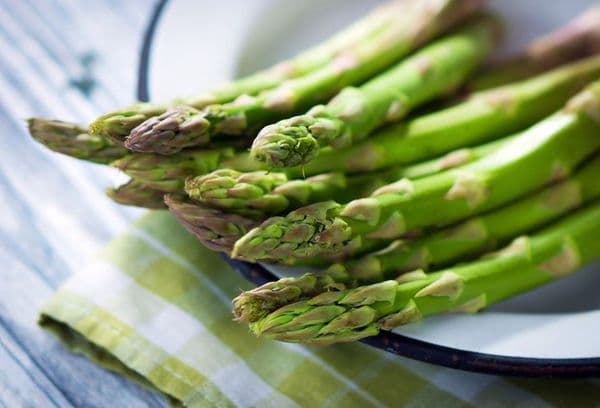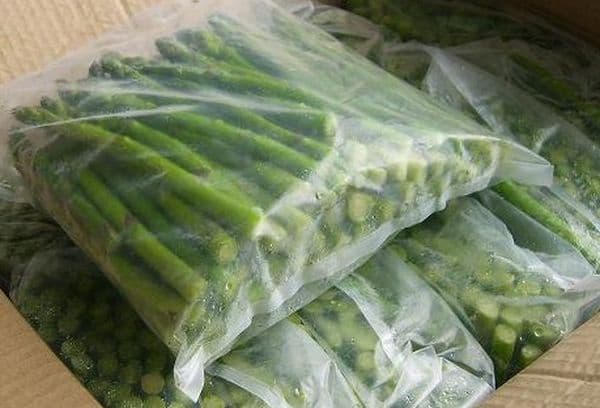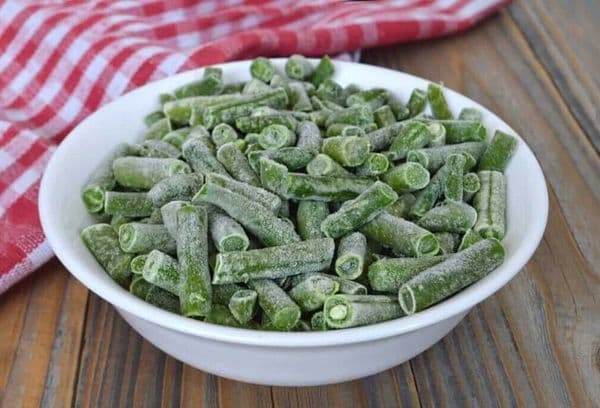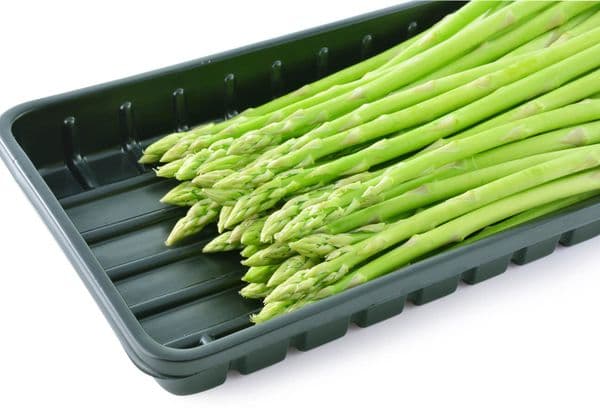Freeze asparagus so that it stays tasty and beautiful.
An abundant harvest of asparagus is born - feel free to send a portion to freeze. Young pods will keep their taste and benefits in the cell until winter and even longer.
Asparagus freeze: subtleties
The main rule for freezing food is that the sooner the better. Only thanks to the shock freezing function, a maximum of vitamins is preserved, the fruits remain tasty and do not lose their shape. All this applies to asparagus beans.
Asparagus, better known as asparagus, is an early vegetable. Collect his crop or make a purchase should be from the end of April to the end of June. It was at this time that natural, delicate, juicy and vitamin pods were sold. In the middle of summer, the beans begin to grow actively, and the quality of the pods decreases.
Freezing asparagus is the best way to keep it for the winter. This vegetable does not lie fresh for long, begins to deteriorate. In the freezer, the pods will lose only a characteristic crunch, otherwise they will remain just as tasty, tender and nutritious.
Tip
purityis.decorexpro.com/en/ recommends taking white and green varieties of asparagus beans for freezing.
How to freeze Asparagus
First, select the appropriate fresh pods:
- They must be resilient, sluggish beans are not suitable. Check freshness with a simple touch: rub two pods against each other. If there was a creak, similar to the sound of friction against glass, then safely buy beans.
- The color is bright.
- Set aside the pods with deformation, stains, bad smell, etc.
How to freeze asparagus for the winter, all stages:
- First, the beans must be thoroughly washed. Put it in a colander and hold it under running water.
- Now wipe the beans, peel off the peel with a knife or a peeler, and cut off hard areas.
- For dishes with long pods, keep the beans as they are, and if you cook stews or toppings, cut them into short cubes.
- Before you send asparagus to the freezer, you need to blanch it. Scalding with boiling water or steam will destroy harmful microorganisms. Such a product will retain more properties and easier to prepare after thawing. How is blanching performed: boil water, lower the peeled pods in a colander and hold for 2-3 minutes, then remove and rinse immediately with ice water (ice cubes are welcome). If you cool the asparagus very quickly, it will keep a light shade and shape in the freezer.
- You can do without blanching, but there is a risk that the beans will darken and become tasteless.
- In any case, the pods must first be dried with napkins or a towel.
- Distribute the asparagus into small bags or containers. Try to make convenient portions so that you have enough for one dish. Asparagus is not subject to re-freezing. The optimal weight of one bag is 200-300 g.
- To prevent long pods from breaking, stack them in containers, in special foam trays or in an even layer, and store on a flat surface.
- The lower the temperature of the freezer, the longer the asparagus beans will lie in it. The standard shelf life is 10 months, but it is best to eat the product as quickly as possible.
Tip
If some pods still become sluggish, then puree them with a blender and freeze in the form of gruel. She will make thick soups or cream sauces.
Frozen asparagus after being removed from the freezer immediately begins to cook. Do not let her lie at room temperature - from melting she will lose shape, vitamins and a pleasant taste. Most often, asparagus beans are boiled and used in side dishes and salads.
